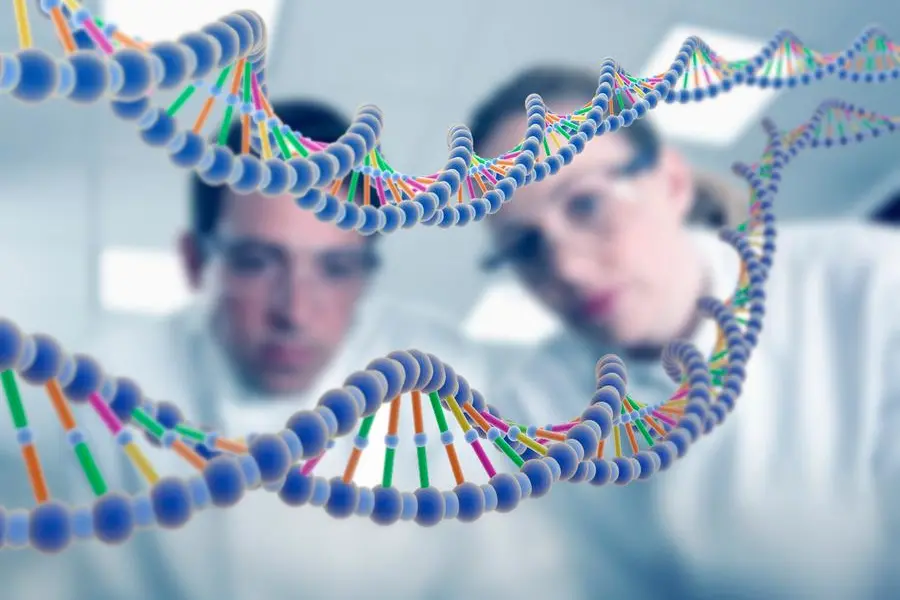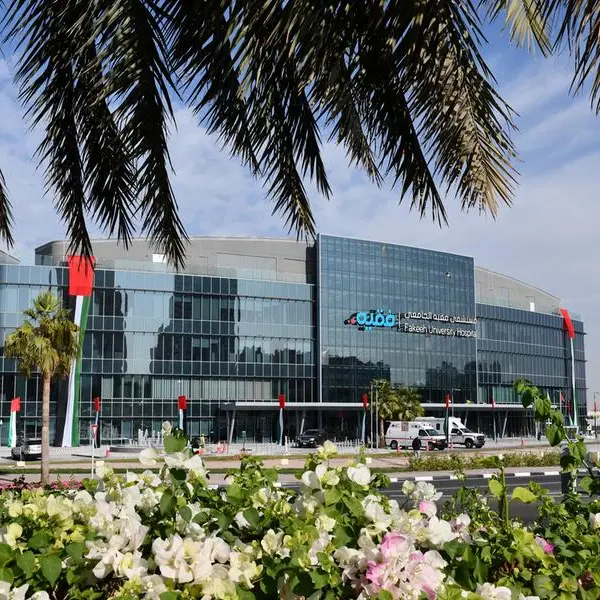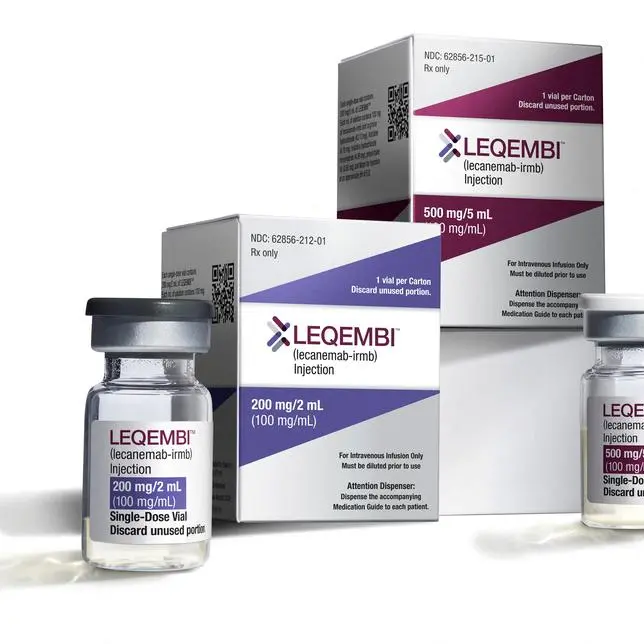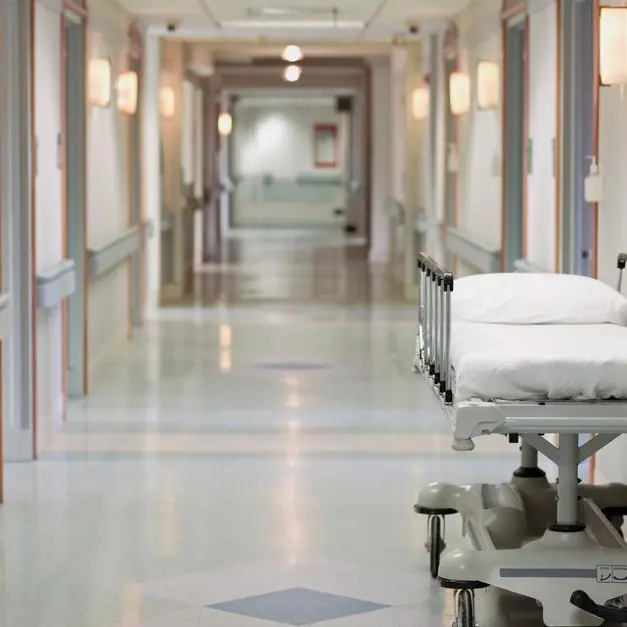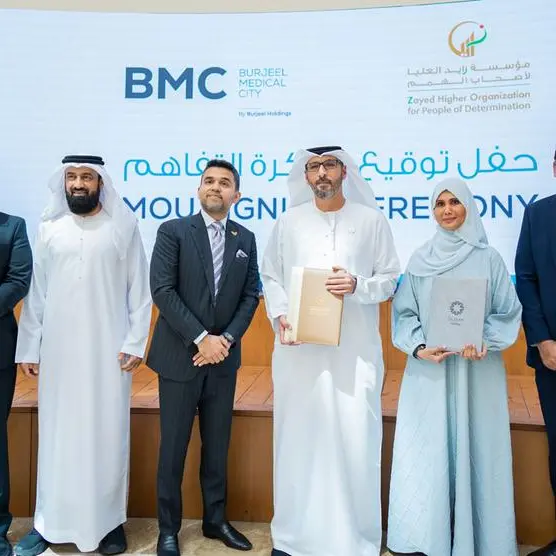PHOTO
Gene therapy can help millions of people globally if applied appropriately across all markets, says a new World Economic Forum white paper.
However, the complexity and record-breaking prices of these new medical innovations severely limits access for those most in need, the paper says.
The study shows how low- and middle-income countries (LMICs) can and should play a leading role in developing and delivering some of the world’s most advanced healthcare technologies.
Precise changes
This modern medicine breakthrough has seen researchers apply gene therapies to multiple disease areas and infections, such as sickle cell disease and HIV. By making precise changes to the human genome, these sophisticated technologies could potentially lead to one-time, lifelong cures for dozens of diseases over the next decade.
Communicable and infectious diseases affect tens of millions of people globally, most of whom live in LMICs. As of mid-2022, more than 2,000 gene therapies were in development worldwide, contributing to a global market value that is expected to reach nearly $20 billion by 2027. However, gene therapies are breaking pricing records for medical treatments and their effective deployment requires advanced medical infrastructure.
Concerted efforts
“Without concerted efforts to build gene therapy capacity in LMICs and to drive down costs, the global health divide will continue to widen. The gene therapy industry is in its infancy but early clinical successes and substantial funding have generated enormous momentum. This is an ideal moment for LMICs to enter the global market, prioritising the needs of communities carrying the highest disease burdens,” says Shyam Bishen, Head of Health and Healthcare at the World Economic Forum.
Although these disease burdens fall disproportionately on LMICs, the majority of gene therapy research and development (R&D) and clinical testing has remained restricted to high-income countries (HICs), primarily the US and those in the European Union.
Through expert-led analysis of the experiences of five LMICs – India, South Africa, Tanzania, Thailand and Uganda – each focused on different diseases, the paper sets out a series of key pillars that all countries can build on when designing their own roadmaps to gene therapy capacity building.
Exorbitant pricing
To develop, test and administer gene therapies, health systems must be equipped with advanced manufacturing, sophisticated hospital equipment, specially trained personnel and mature regulatory environments – a capacity that is largely lacking or absent in most LMICs. This is in addition to the exorbitant costs of some of these treatments. Earlier this year, a gene therapy for a rare neurological disorder was priced at $3 million per treatment, beating the short-lived record of $2.8 million per shot for a rare blood disorder.
“Inclusive policy-making, proactive infrastructure development and innovative financing will be crucial towards increasing access for gene therapy and closing the overall global health equity gap,” says Bishen.
Key pillars
The key pillars countries should focus on to build capacity include:
- R&D ecosystems connecting health and social science areas aligned with national and institutional strategic plans
- Health facilities equipped with sophisticated equipment and strategically located to serve patients
- Manufacturing localised to treatment-delivery sites to lower costs and accelerate deployment
- Workforce trained in diverse disciplines and retained across public and private sectors
- Community engagement from the outset to improve accessibility, affordability and acceptability of new medicines
- Policy and regulation converged across HICs and LMICs, promoting work-sharing and reliance, and accelerating clinical trials and commercialisation
- Finance using public-private partnerships to ensure all patients have access to effective cures
The inclusion of LMICs in the global market for gene therapy will not only benefit millions globally – by helping to bring life-altering treatments to communities carrying the world’s highest disease burdens – but will also ensure that these countries play a central role in the development of tailored solutions to the different challenges they face.
Copyright 2022 Al Hilal Publishing and Marketing Group Provided by SyndiGate Media Inc. (Syndigate.info).
